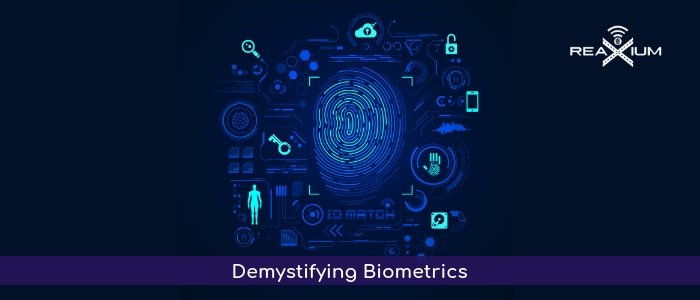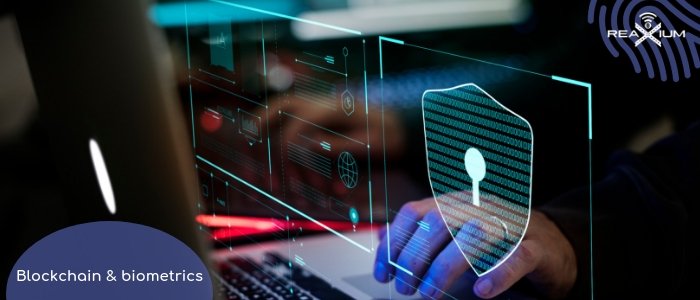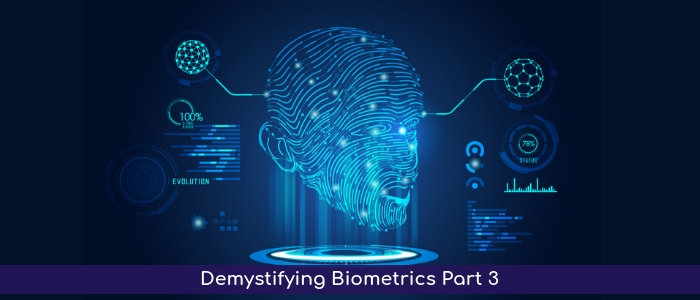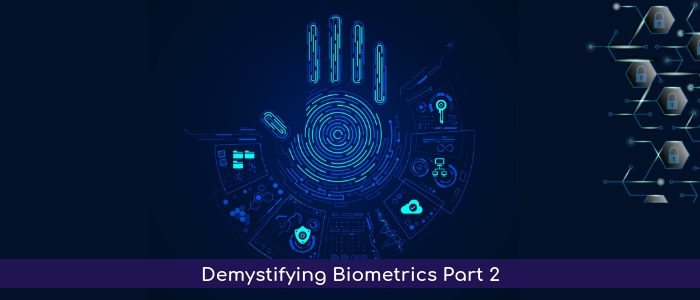Sensitive information is being digitally exchanged more than ever which places a strong demand for cybersecurity. Whether it is a business that manages a database of millions of records, or a person on their phone using social media, it is crucial that safeguards created by security companies are of the highest caliber. However, as security companies adapt to create new methods of digital protection, hackers move at a fast pace to undo them as well.
With more than four billion people using the Internet for business and personal use, it becomes urgent to provide multiple layers of protection to each person. Using passwords and PINs have been the standard, however they are becoming more susceptible to attacks even if they’re long and complex. While there are websites that “test” the strength of a password, how accurate of a “test” is it? How would this test not open the possibility of a hacker stealing the password in that moment?
The demand facing security companies is to develop alternative solutions to security, and one of their alternatives are biometrics. It’s been hotly debated if biometrics are as effective as other preventative measures, and there are a plethora of misconceptions that make people hesitant to use this great technology. However, what exactly are biometrics and how do they work in digital security?
Biometrics refers to the use of a person’s unique characteristics such as; fingerprints, iris, voice, facial structure, even odor, as a method of verifying and authenticating who the person is. When accessing a device that is biometric enabled, the person won’t need to memorize a password or carry around a card to scan. That’s because the password is the person themself!
There is no password, no PIN, no complex login credential that is truly unique and easier to remember than a distinguishing feature of a person. One concern of biometrics is that it “steals” a person’s identity, which is not true at all. In the event of a fingerprint scanner, a person must first register with the device by placing their fingerprint on the sensor. Once the sensor notices the fingerprint, it captures a digital map of the fingerprint and changes it into a complex code that only the device can read so that the next time the same person interacts with the device, they are granted access.
With the capturing of the fingerprint, nothing is recorded to a database nor is understood by another device or person when they see the fingerprint, because it is manipulated by an algorithm where only that specific device may read it. No stealing of identity occurs!
So how are biometrics being used today? Stay tuned as we delve further into biometrics in our next post!







